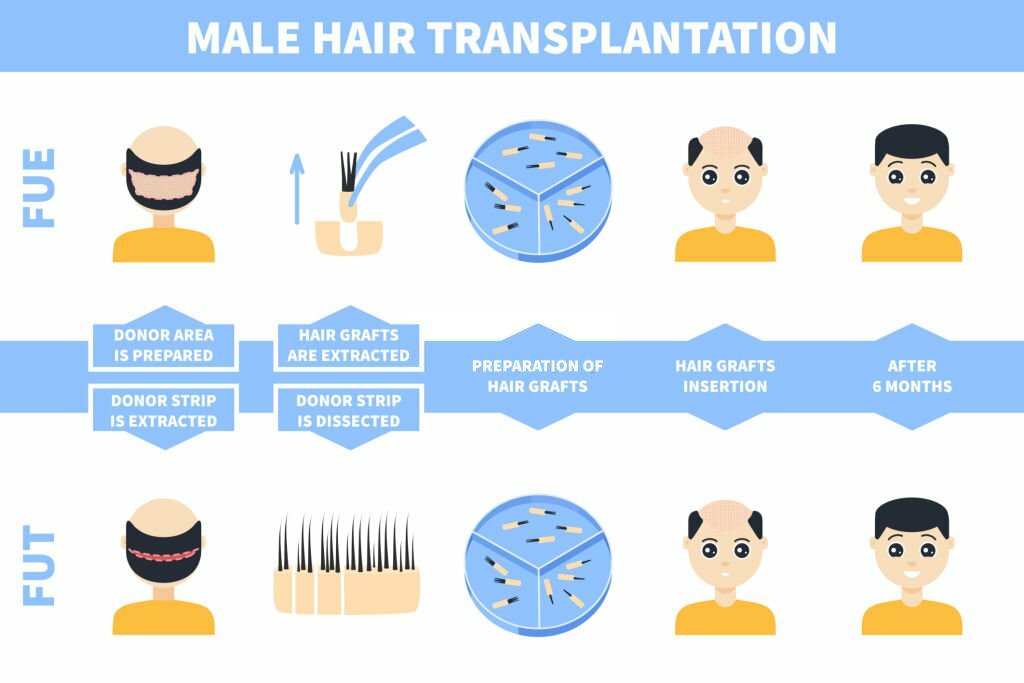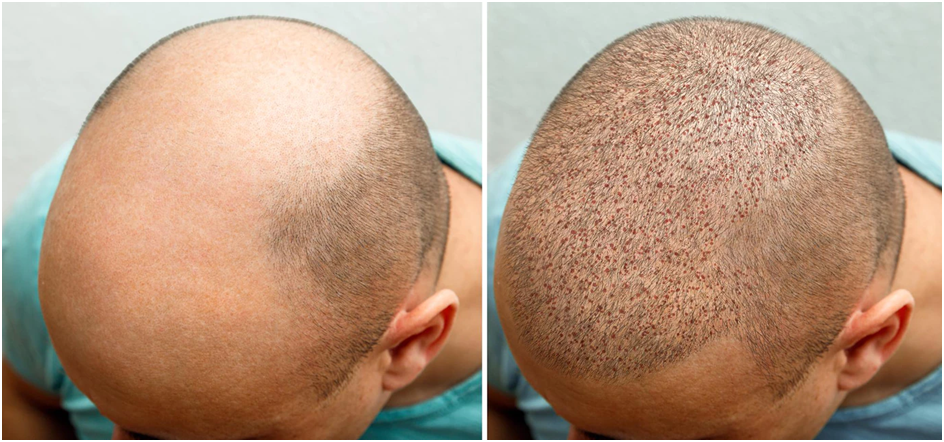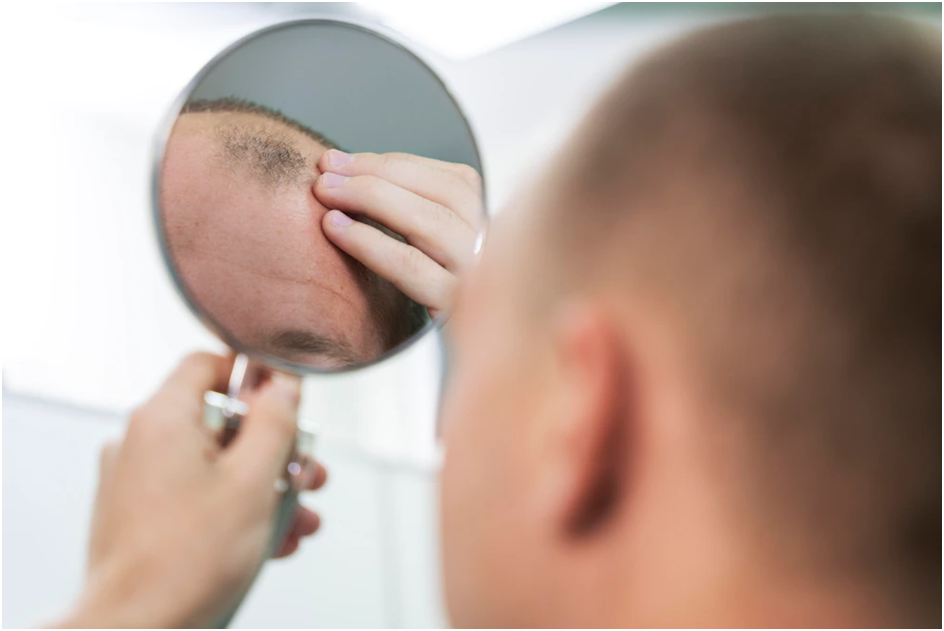Introduction
In recent years, hair transplant procedures have gained significant popularity as a lasting solution for hair loss. For those exploring this option, understanding the entire process, from the surgical aspects to the recovery phase, is crucial. This comprehensive guide will delve into the intricate details of hair transplant procedures, particularly in the context of Zirakpur, and shed light on the recovery journey post-surgery. Welcome to the comprehensive guide on hair transplant in Zirakpur! In this detailed exploration, we delve into the world of hair transplantation in this vibrant city, uncovering the latest techniques, renowned clinics, and expert insights into restoring your crowning glory. Whether you’re considering this transformative procedure or seeking information, join us on a journey through the options and possibilities available for a confident and rejuvenated you.
Understanding Hair Transplantation:
Hair transplant involves the extraction of hair follicles from a donor area (usually the back or sides of the head) and implanting them into the balding or thinning areas.
Types of Hair Transplant Procedures:
Follicular Unit Transplantation (FUT): Involves the removal of a strip of scalp from the donor area.
Follicular Unit Extraction (FUE): Involves extracting individual hair follicles directly from the scalp.
The Hair Transplant Procedure:
Preparation: Examination of the donor and recipient areas, designing the hairline, and administering local anesthesia.
Extraction: Depending on the technique chosen, grafts are harvested from the donor area.
Implantation: Tiny incisions are made in the recipient area, and grafts are meticulously placed.
Recovery Process:
Immediate Post-Op: Some discomfort and swelling are common, subsiding within a few days.
Initial Healing: Scabbing and crusts may form on the recipient area, which typically fall off within 1-2 weeks.
Hair Growth: New hair growth usually begins within 3-4 months, gradually thickening over time.
Hair Transplant in Zirakpur:
Zirakpur offers modern facilities and experienced professionals specializing in various hair transplant techniques.
Clinics in Zirakpur are known for their expertise in addressing diverse hair loss concerns.
Frequently Asked Questions (FAQs) About Hair Transplants
Q: How do I choose the right clinic for a hair transplant in Zirakpur?
Consider factors like the clinic’s reputation, the surgeon’s experience and credentials, patient reviews, before-and-after results, and the techniques offered when selecting a clinic for your hair transplant.
Q: Will I need multiple sessions for a hair transplant?
Depending on the extent of hair loss and the desired density, some individuals might require multiple sessions to achieve their desired results. Your surgeon will discuss this during the consultation.
Q: Can women undergo hair transplant procedures in Zirakpur?
Yes, women experiencing hair loss or thinning can also be candidates for hair transplant procedures. The suitability depends on various factors, which a consultation with a specialist can determine.
Q: Are there alternative treatments to hair transplant in Zirakpur?
Yes, clinics might offer non-surgical options like PRP (Platelet-Rich Plasma) therapy, laser therapy, or medications for hair loss. These alternatives could be suitable for individuals with minimal hair loss or as complementary treatments.
Q: Is there any specific aftercare required following a hair transplant?
Post-operative care instructions are crucial for optimal results. This typically includes gentle washing, avoiding strenuous activities, following prescribed medications, and attending follow-up appointments.
Q: Can a hair transplant look natural?
When performed by skilled surgeons, hair transplants can yield incredibly natural-looking results. The artistry lies in recreating a natural hairline and ensuring proper placement and angulation of transplanted follicles.
Q: What is the difference between FUT and FUE procedures?
FUT involves removing a strip of skin from the donor area, dissecting it into grafts, and transplanting them. FUE involves extracting individual follicular units directly from the scalp. Both have unique advantages, and the choice often depends on the patient’s needs.
Q: Will the transplanted hair require special maintenance?
The transplanted hair grows like natural hair and typically doesn’t require special maintenance. You can cut, style, and groom it just like the rest of your hair.
Q: Can a hair transplant correct previous unsatisfactory hair restoration procedures?
Yes, revision surgeries or corrective procedures can often improve the results of previous hair transplants. Skilled surgeons can assess the situation and recommend the best course of action.
Q: Is there an age limit for undergoing a hair transplant?
While there isn’t a strict age limit, candidates should have stabilized hair loss patterns to ensure the longevity of the results. Surgeons often recommend waiting until the late twenties when hair loss patterns are more predictable.
Q: Are consultations for hair transplant in Zirakpur free?
Many clinics offer free initial consultations where you can discuss your concerns, receive an evaluation, and get information about potential treatment options and costs. It’s advisable to inquire about this when scheduling an appointment.
Q: Can I resume regular physical activities or exercise after a hair transplant?
While it’s essential to avoid strenuous activities for a few weeks after the procedure, light exercises are usually permitted after a few days. Your surgeon will provide specific guidelines.
Q: Is it possible to have more than one hair transplant procedure?
Yes, some individuals opt for multiple hair transplant sessions to achieve greater density or cover larger areas of hair loss. However, it’s crucial to allow sufficient time between procedures for proper healing.
Q: Will the transplanted hair need special care long-term?
Typically, once the transplanted hair has fully grown, it requires no more care than the rest of your hair. Routine maintenance like washing, grooming, and trimming may be necessary.
Q: Can medications prevent the need for a hair transplant?
Medications like finasteride or minoxidil can help slow down hair loss or promote hair regrowth in some cases. However, they might not be effective for everyone and cannot fully restore lost hair.
Q: Are there any age restrictions for undergoing a hair transplant?
While age is a factor, the stability of hair loss patterns is more critical. As long as the pattern of hair loss has stabilized, individuals of various ages can be suitable candidates for a Hair Transplant in Zirakpur.
Q: Is there a risk of damaging existing hair during the transplant procedure?
Experienced surgeons take precautions to minimize damage to existing hair. However, some existing weak hairs in the recipient area might not survive the transplant process.
Q: What should I expect during the initial consultation for a hair transplant in Zirakpur?
During the consultation, the surgeon will assess your hair loss pattern, donor hair availability, discuss your goals, explain the procedure, and answer any questions you might have about the process or aftercare.
Advanced Techniques in Hair Transplantation
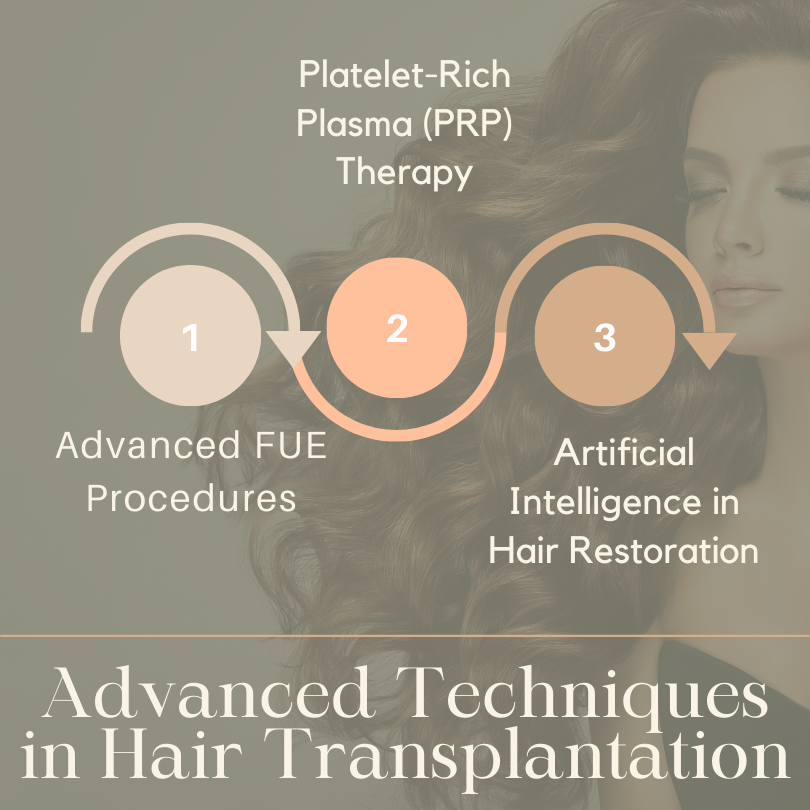
- Advanced FUE Procedures
Follicular Unit Extraction (FUE) has evolved significantly, with the advent of advanced techniques like robotic assistance and automated extraction systems. These innovations enhance precision, reduce procedure time, and minimize scarring.
- Platelet-Rich Plasma (PRP) Therapy
PRP therapy, often used in conjunction with hair transplants, involves injecting platelet-rich plasma from the patient’s blood into the scalp to stimulate hair growth and aid in recovery.
- Artificial Intelligence in Hair Restoration
The integration of AI technology assists surgeons in predicting hair growth patterns and designing optimal transplant plans for more natural outcomes.
Recovery and Aftercare Tips
- Post-Surgery Care
Following the surgery, it’s essential to adhere to the prescribed care routine, which typically includes gentle hair washing, avoiding sun exposure, and refraining from strenuous activities.
- Medications and Healing
Doctors may prescribe medications to prevent infection and promote healing. It’s crucial to take these medications as directed for a smooth recovery.
- Patience During Recovery
Patience is key as visible results take time. It’s common for transplanted hair to shed initially before new growth begins. Within a few months, noticeable improvement becomes evident.
- Regular Follow-ups
Regular follow-up visits with your surgeon are necessary to monitor progress, address any concerns, and ensure the healing process is on track.
Zirakpur-Specific Considerations
- Clinic Selection in Zirakpur
Zirakpur offers various clinics specializing in hair transplant in Zirakpur. Researching and visiting multiple clinics, reviewing patient testimonials, and checking the credentials of surgeons can aid in choosing the right clinic.
- Climate and Recovery
The local climate in Zirakpur might require additional care during the recovery phase, such as protecting the scalp from excessive heat or sun exposure.
- Cultural and Social Implications
Understanding the cultural and social aspects related to hair transplant in Zirakpur can influence decisions. Seeking advice from those who’ve undergone the procedure locally can provide valuable insights.
Emerging Trends and Future Prospects
- Stem Cell Therapy
Ongoing research explores the potential of stem cell therapy in hair restoration. This promising area may offer more effective and long-lasting solutions in the future.
- Non-Invasive Alternatives
Non-invasive treatments like low-level laser therapy (LLLT) and topical solutions continue to advance, providing alternatives to surgical procedures for certain types of hair loss.
Specialized Techniques in Hair Transplantation
- Robotic Hair Transplantation
Robotic-assisted hair transplant procedures, such as the ARTAS system, utilize robotics for precise extraction and implantation of hair follicles. These technologies enhance accuracy and minimize human error, resulting in more refined outcomes.
- Micro grafting and Miniaturization Mapping
Micro grafting techniques involve transplanting smaller clusters of hair follicles, while miniaturization mapping identifies areas prone to hair loss, aiding surgeons in strategically planning transplants for optimal coverage.
- Combined Therapies
Some clinics in Zirakpur offer comprehensive solutions, combining hhair transplant in Zirakpur with adjunct therapies like PRP, laser treatments, or medications for enhanced results and faster recovery.
Post-Transplant Recovery Strategies
- Nutritional Support
A balanced diet rich in nutrients, particularly proteins and vitamins crucial for hair health, can aid in post-transplant recovery and promote robust hair growth.
- Avoiding Potential Complications
Patients should be vigilant about following post-surgery instructions to prevent complications such as infection or dislodging of transplanted follicles.
- Emotional Support
Recovering from a hair transplant in Zirakpur involves emotional aspects. Support from friends, family, or professional counsellors can be invaluable during this period.
Zirakpur’s Unique Factors
- Local Expertise
Zirakpur boasts skilled hair transplant specialists who understand the unique needs and expectations of individuals in the region. Seeking consultations with these experts can provide valuable insights.
- Cultural and Aesthetic Preferences
Understanding the cultural ideals of aesthetics and beauty prevalent in Zirakpur can influence the desired outcomes and expectations from a hair transplant procedure.
- Weather and Recovery
Zirakpur’s climate, characterized by hot summers and mild winters, may require specific precautions post-surgery to protect the scalp from extreme temperatures.
Advancements in Hair Restoration Research
- Genetic Studies
The goal of ongoing genetic research is to identify the underlying factors that contribute to hair loss, which could result in individualized treatments based on a person’s genetic makeup.
- Regenerative medicine and tissue engineering
Scientists are exploring tissue engineering techniques and regenerative medicine to develop new approaches for hair restoration, focusing on growing hair follicles in laboratory settings for transplantation.
Advanced Techniques in Hair Transplantation
- DHI (Direct Hair Implantation) Technique
DHI is a minimally invasive technique where hair follicles are directly implanted into the recipient area using specialized tools, offering more precise control over the depth and angle of implantation.
- Robotic Follicular Unit Extraction (FUE)
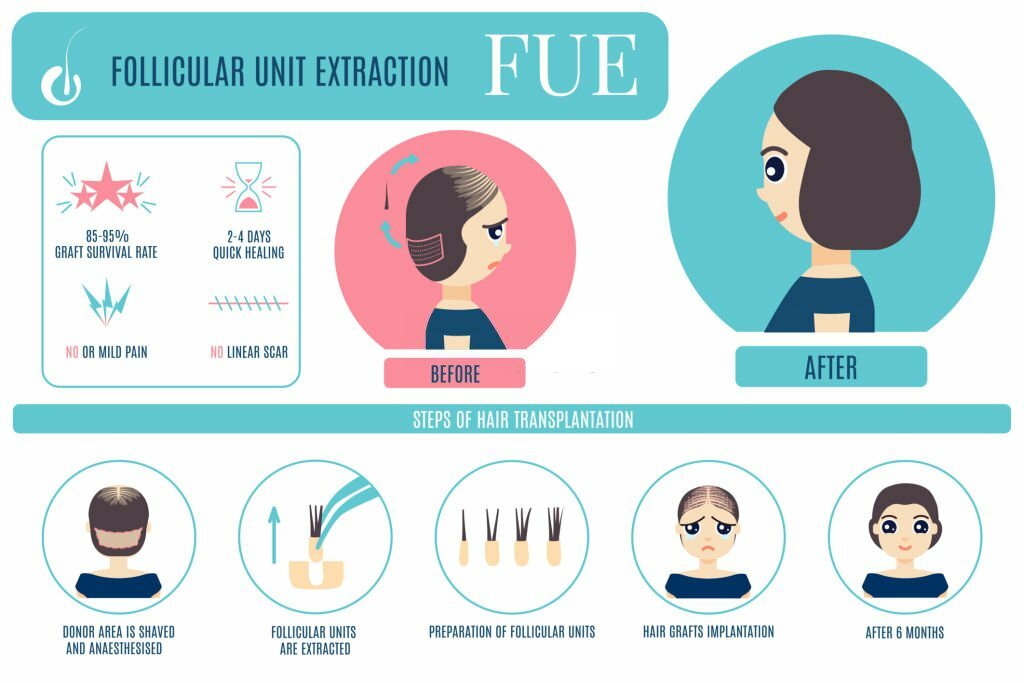
Robotic FUE systems use artificial intelligence algorithms to select and extract the healthiest hair follicles for transplantation, ensuring accuracy and minimizing the risk of damage to existing hair.
- Sapphire Blade Implantation
Clinics in Zirakpur often employ sapphire blades for incisions during the transplant, promoting quicker healing and reducing scarring compared to traditional steel blades.
Recovery and Aftercare Insights
- Post-Transplant Precautions
Patients are typically advised to avoid scratching or picking at the transplanted area, refrain from strenuous exercises, and follow a prescribed sleep position to protect the newly transplanted follicles.
- Hair Washing Instructions
Carefully washing the scalp as per the surgeon’s instructions is crucial for preventing infection and maintaining hygiene while ensuring the grafts’ proper healing.
- Stress Management
Stress can potentially impact recovery and hair growth. Practicing relaxation techniques or engaging in activities that alleviate stress can aid in the recovery process.
Clinic Selection and Considerations in Zirakpur
- Credentials and Expertise
Choosing a clinic with certified surgeons experienced in various Hair Transplant in Zirakpur techniques is vital. Verifying their credentials and reviewing past patient results can provide valuable insights.
- Technology and Facilities
Clinics equipped with modern technology and modern facilities often offer more comfortable experiences and potentially better outcomes for patients.
- Patient Testimonials and Reviews
Reviewing testimonials and feedback from previous patients who underwent a hair transplant in Zirakpur can offer a realistic perspective on the clinic’s services and results.
Future Directions in Hair Restoration
- Biotechnology and Hair Cloning
Biotechnological advancements aim to clone hair follicles from a patient’s own cells, potentially offering an unlimited supply of donor hair for transplantation.
- Gene Therapy for Hair Loss
Exploration of gene therapy focuses on identifying and modifying genes responsible for hair loss, offering potential long-term solutions by addressing the root cause.
Specialized Recovery Techniques
Scalp Massage and Care
Gentle massage techniques post-transplant can improve blood circulation to the scalp, aiding in the healing process and promoting better follicle growth.
Aloe Vera and Natural Remedies
Using natural remedies like aloe vera gel on the transplanted area, under the guidance of a specialist, can soothe the scalp and potentially facilitate healing.
Post-Transplant Diet
A balanced diet rich in proteins, vitamins, and minerals supports healthy hair growth. Consulting a nutritionist for personalized dietary advice can optimize recovery.
Innovations in Transplant Procedures
- Smart Follicle Extraction
Advanced technologies now include smart extraction devices that analyse hair follicles in real-time, ensuring the selection of the healthiest grafts for transplantation.
- Painless Anaesthesia Techniques
Advancements in anaesthesia administration have led to more refined techniques, reducing discomfort during the procedure and enhancing patient comfort.
- Customized Implantation Designs
Surgeons are utilizing computerized design tools to create custom implantation plans tailored to individual patients, ensuring natural-looking results.
Zirakpur-Specific Recovery Considerations
- Summer Care
Given Zirakpur’s warm climate, patients need to shield their scalps from excessive heat and sun exposure, especially during the initial recovery period.
- Local Support Groups
Engaging with local support groups or communities of individuals who’ve undergone hair transplant in Zirakpur can offer valuable insights and emotional support during recovery.
- Follow-up Care in Zirakpur Clinics
The availability of follow-up care and support services in Zirakpur clinics ensures ongoing guidance and monitoring throughout the recovery phase.
Future Trends in Hair Restoration
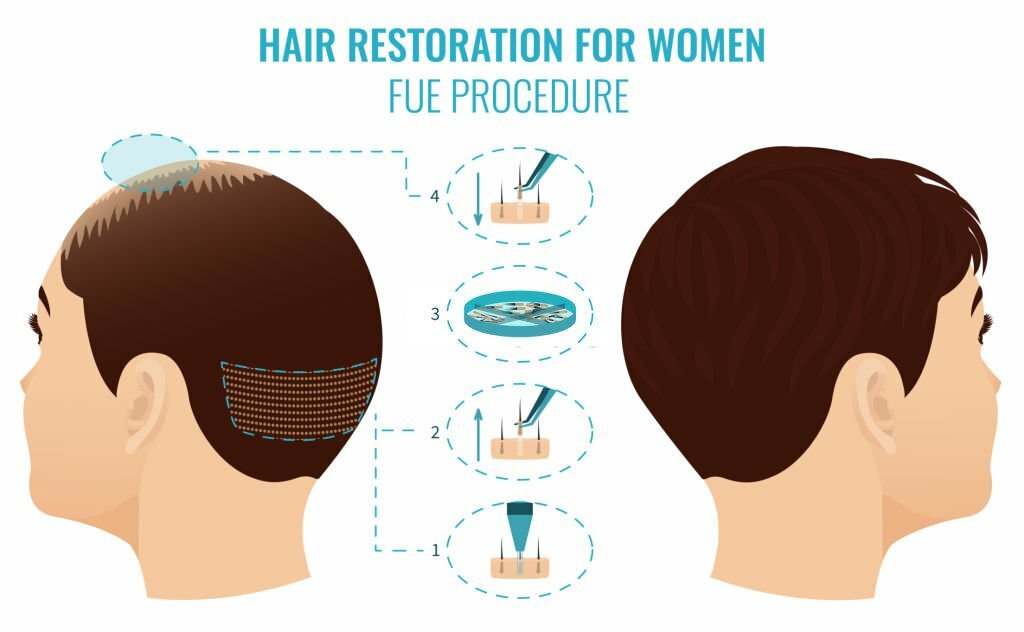
- Nanotechnology Applications
Researchers are exploring nanotechnology applications for enhanced precision in transplant procedures, potentially leading to more refined outcomes.
- 3D Printing for Hair Follicles
The advent of 3D printing in replicating hair follicles holds promise for creating synthetic hair follicles for transplantation.
- Regulation and Ethical Practices
Continuous emphasis on regulatory standards and ethical practices in the field ensures patient safety and quality outcomes in hair transplant procedures.
Conclusion
The journey of a successful hair transplant in Zirakpur, is enriched by the integration of advanced techniques, mindful recovery practices, and an understanding of the local environment. Individuals seeking hair restoration solutions in Zirakpur can benefit from the amalgamation of innovative approaches and personalized care available in this region.
Maneology underscores the significance of informed decisions, diligent aftercare, and embracing evolving technologies for individuals considering or undergoing a hair transplant in Zirakpur, ensuring a transformative and satisfying experience.
If there’s any specific area or particular information you wish to explore further, or if there are additional details you seek about hair transplants or recovery in Zirakpur, please let me know!

